February 27, 2025
Eating Local and Growing Food in the Galapagos Islands
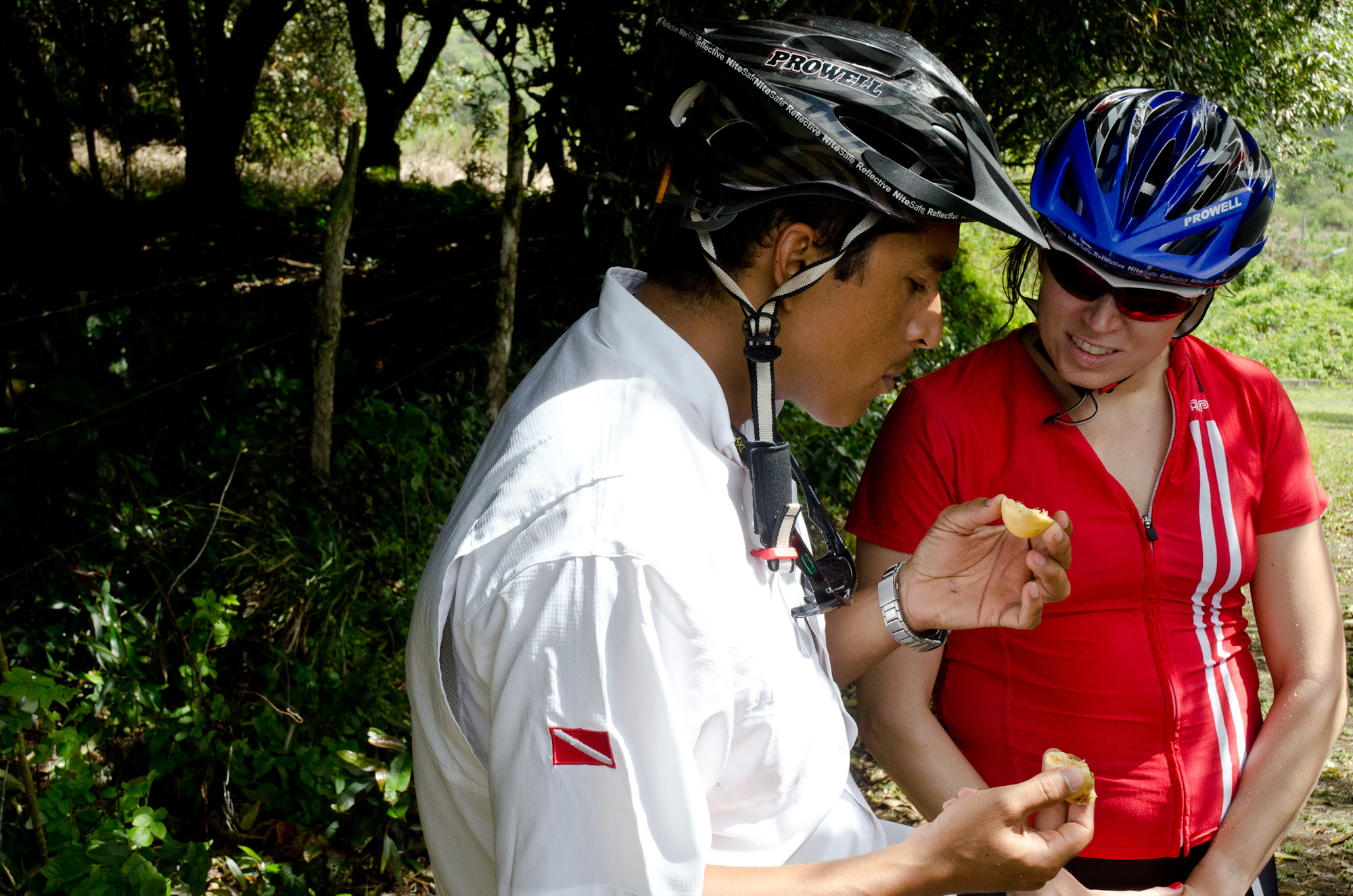
Beyond the boat piers and waterfront promenades of the Galápagos Islands lie fertile highlands and designated agricultural zones.
A wide range of fruits, and foods are grown in these parts of the Galapagos Islands.
Almost every family in the Galapagos Islands owns land that is outside the areas that most visitors ever see. If you’ve taken a ride across Santa Cruz Island to the airport, across San Cristobal to Puerto Chino Beach, or up Isabela Island to Sierra Negra volcano you’ve probably noticed these family farms.
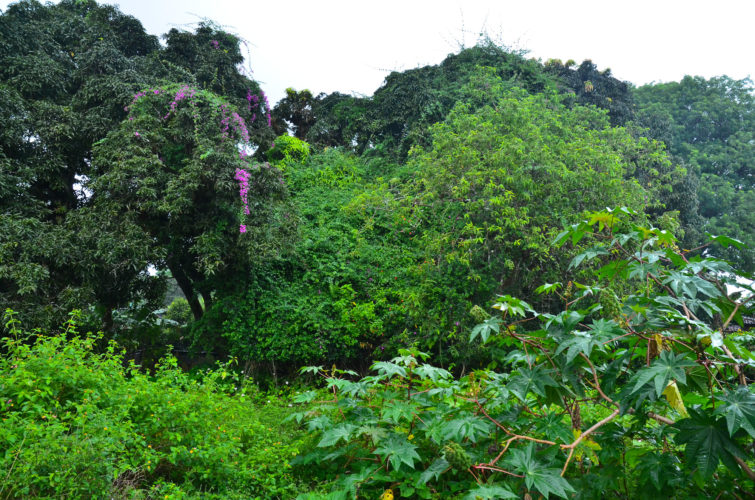
While fishing continues to play an important role for many families in the islands, there are plenty of families who at least partially make their income by providing food to other islanders, restaurants and visitors.
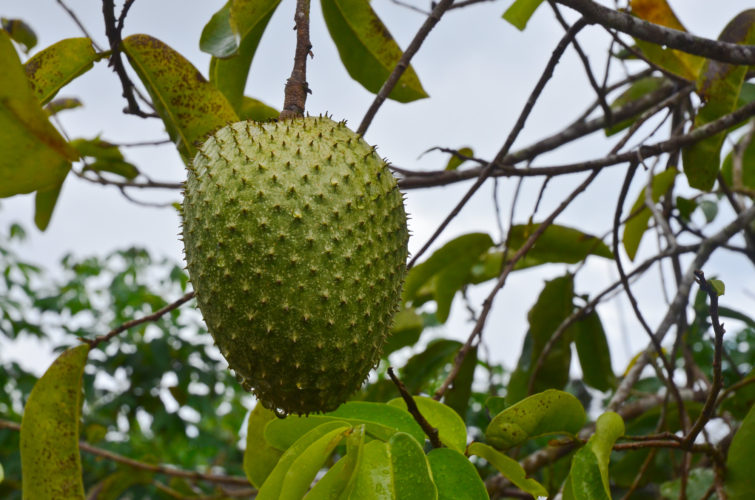
A typical weekend for someone from the Galapagos may be spent at the beach or at their farm in the highlands. Bananas and oranges are very plentiful, with oranges being in over abundance during peak season. Avocados, papaya and guava are also quite commonly grown on farms, while others may have more obscure fruits growing such as guanabana (soursop), tropical plum and rose apples. Tomatoes, onions and hot peppers are also very common in the Galapagos.
Agriculture in the Galapagos was once more or less uncontrolled and invasive species like mora (similar to blackberry/raspberry) and guava got out of control. Today, as with many things in the Galapagos islands, things are regulated quite well and locals are better educated on how to be a responsible farmer. Many types of plants and fruits are still banned from import if they pose a risk to endemic and native plants. Since the islands are 97% protected as a National Park, large farming machinery isn’t used and things like fertilizer and pesticides are banned. It may make it challenging to grow things in the islands, but the efforts are worth it – organic, delicious food!
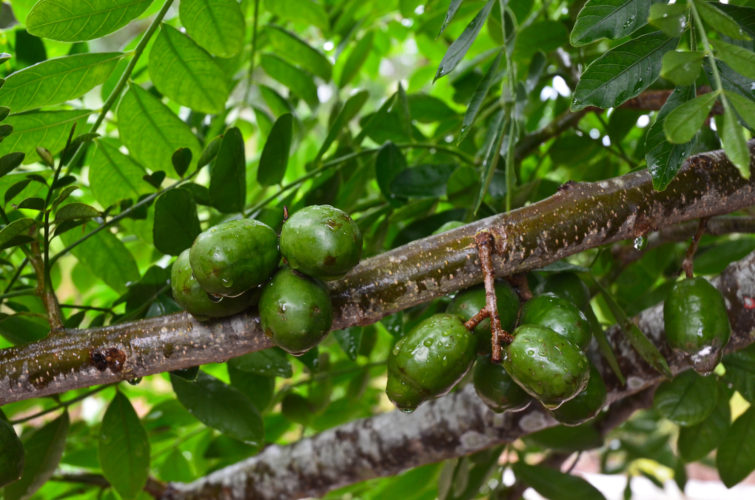
When it comes to meat and dairy, you can find locally farmed chicken and eggs that are fresh and pretty much as free-range, organic and healthy as you can get. Milk and beef may be found at times too, although not nearly as plentiful. Want some herbs? Lemongrass is popular, while many other popular herbs are also available from local growers if you’re “in the know”.
Now, since this is the Galapagos Islands, we are not talking industrial or big commercial operations. We’re talking small, family owned gardens. At times there may simply be nobody in town offering chicken or eggs. The herb guy you discover might not show up for weeks. It is also a case where families are growing food for themselves first, and if they happen to have extra of something at a certain time of year then it may become available to buy locally in a store or market. It makes the visits to the markets extra fun as things can change quite a lot from week to week depending on what locals bring in, along with what has been shipped from the mainland that week. If a big holiday is coming up, such as Easter, then it can throw everything off too! It’s kind of a “buy local – when you can” situation in the Galapagos, but it is improving year after year.
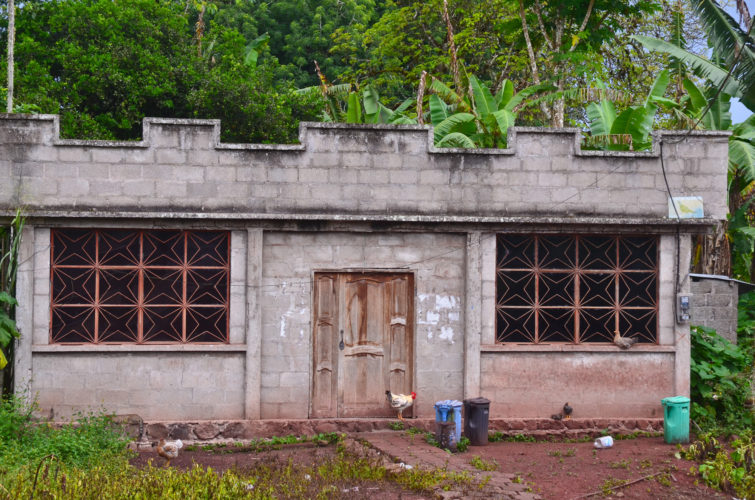
At Galakiwi, we make it a priority to buy fresh, seasonal produce and eggs from small family farms across the islands. Supporting these farmers not only reduces our carbon footprint but also helps sustain the local economy, and it gives our travelers a true taste of life in the Galápagos.
When so much has to be flown into the islands already, why not take advantage of whatever local initiatives you can, right? Some hotels in the Galapagos have their own gardens as well, which cuts down on their need to supplement their menus with food from the mainland. Perhaps in the future more cruise ships, restaurants and other tour operators will adopt local buying practices as well, instead of offering foreign food and drinks, or importing everything from mainland Ecuador. We’re not perfect by any means, as some items we like, such as energy bars, aren’t made in the islands, but perhaps that is a business opportunity for some family to start up that we can support?
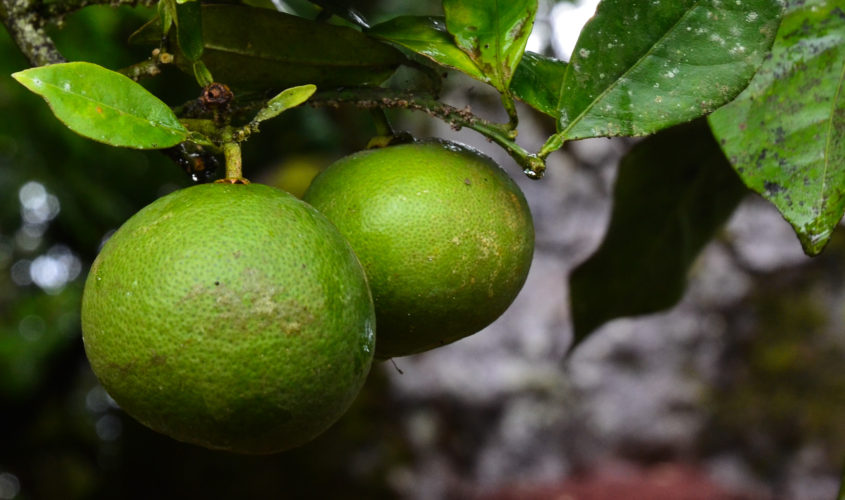
No post about Galápagos food would be complete without mentioning coffee — one of the few exports from the islands. Grown in the highlands of San Cristóbal and Santa Cruz, Galápagos coffee is rich, smooth, and gaining recognition internationally. For something stronger, you can also find locally distilled cane sugar liquor, a traditional island specialty.

Eating locally in the Galápagos means embracing seasonality, supporting family farmers, and celebrating island traditions. It’s not always consistent, and sometimes you can’t get exactly what you’re craving, but that’s part of the magic. Every meal tells a story of resilience, sustainability, and community.
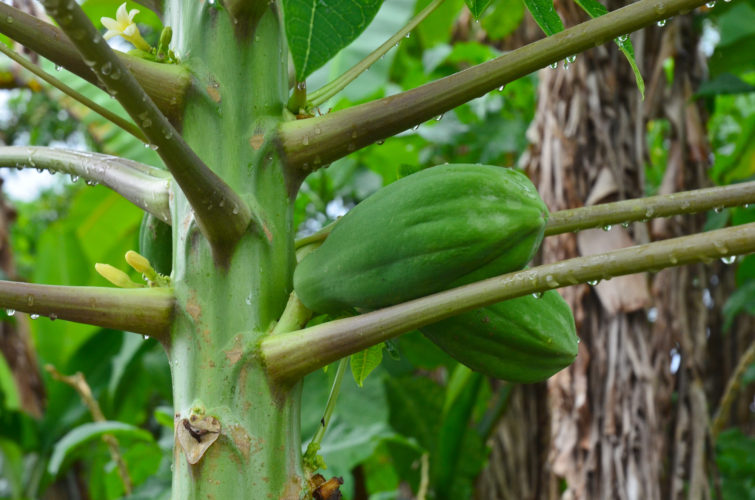
Locally grown foods are an often-overlooked side of life in the Galápagos, showing how island communities live in balance with their land. From coffee cultivated in the highlands to fruits harvested on family farms, tasting what’s grown here connects you to the people and the place in a whole new way.
There’s more to discover in the Galápagos than you might imagine. Reach out to us, and we’ll help you explore the islands through their food, farms, and unforgettable stories.
